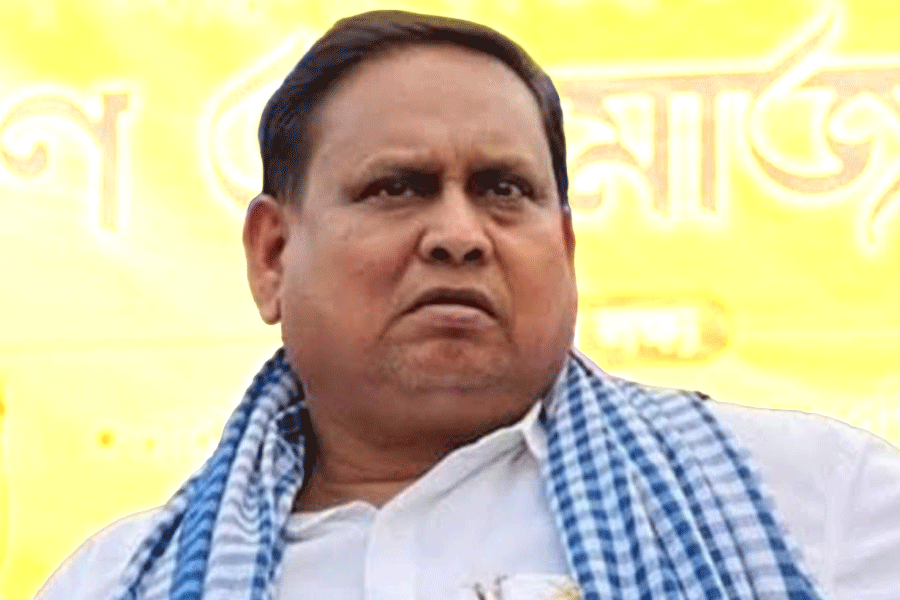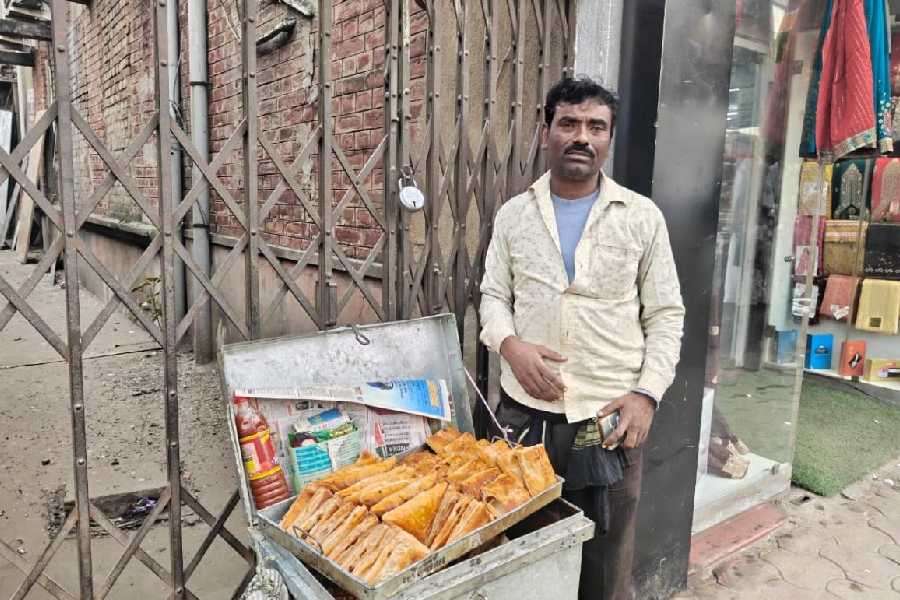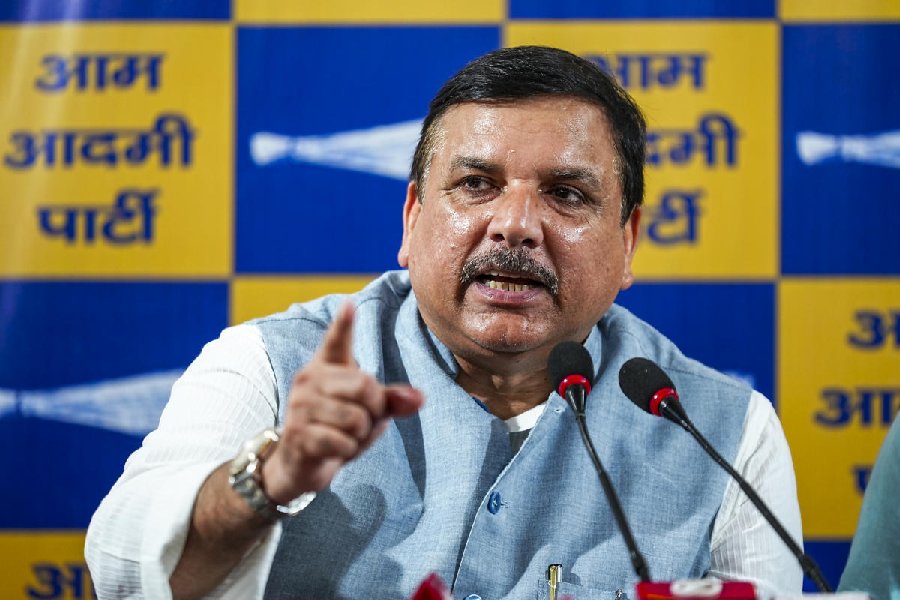 |
The Indian economy is in the midst of its biggest crisis since 1991. It has been on the horizon. The political masters’ public attitude towards it was to brush it off and exude mindless optimism. Surprisingly, the finance minister eased his official grin as he presented the budget last week; he tried various tricks to make India more attractive to foreign investment.
He is even trying to strike a deal with Vodafone over its purchase into the Ruias’ telecommunications company. He should ask himself why. The Vodafone purchase was made abroad, and not on Indian soil, and was therefore not taxable here. If he thinks that is wrong, he should amend the law; but it is entirely wrong to try and screw Vodafone illegally. Even if he amends the law, it must not be applied retrospectively. If he thinks someone should pay tax on his gains in the transaction, it is the Ruias he should be pursuing. They sold their stake and made a profit; they should pay tax on it. What is the reason for letting them off scot-free and pursuing Vodafone? Is it because they are Indian and Vodafone is foreign? Or because they are politically influential and Vodafone is not?
The Economic Survey does not normally fudge facts, although it may varnish them. The chapter on the balance of payments is in the official style of mechanically reporting the rise and fall of figures. It is full of grammatical errors. But it did teach me new jargon. For instance, when investors in industrial countries get scared by events in their own economies, such as a credit downgrade of the United States of America or a crisis in a European Union economy, they liquidate their investments abroad and take money home; capital then flows out of India. The Survey calls this a risk-off event. Conversely, an improvement in investor sentiment in industrial countries is called a risk-on event. The risk of the EU disintegrating is a tail-risk; the Survey does not say what a horn-risk would be.
India depends heavily on capital inflows; if they stopped or were reversed, exchange reserves would fall rapidly. So the Survey favours allowing in capital more freely, which is what the finance minister has also been pushing. Its idea of liberalization is to allow more investment into defence industries. But India is an insignificant producer of military equipment. Selling it to the government is so risky and requires such expertise in bribery that even Indian companies stay out of it; it is unrealistic to think that allowing foreign companies in would make much difference.
The Survey makes a case for relaxing the 26 per cent limit. The government still cannot think of junking the 26, 49 and 74 per cent restrictions and simplifying foreign investment controls. It does not matter whether shareholders of companies have Indian or foreign passports; all that matters is, how much is produced on Indian territory, how many people are employed, and how competitive Indian industries and markets are. But if equity restrictions were abolished, that would leave the commerce ministry without lucrative policy instruments. The finance minister did promise to simplify the Securities and Exchange Board of India’s definition of direct and portfolio investment; but even he cannot tell us why the government has to distinguish between them. The government wants foreigners to invest in Indian companies, but not to manage them. But foreign portfolio capital in itself has no virtue; if foreigners take controlling shares in equity and manage companies, they may improve management. Contestable management is one aspect of competition. But whatever he thinks, P. Chidambaram can do little to attract foreign capital; the main repellent for foreign investment is not Sebi, but the commerce ministry.
It would have been illuminating if the Survey had explained the government’s exchange rate policy; it only describes it in the Reserve Bank of India’s mindless prose. For the first time, the Survey gives figures of transactional and valuation changes in reserves. They are positively correlated except in 2011-12; that suggests that the RBI generally acts to stabilize the exchange rate, but not fast enough. It lets the exchange rate drift, and if it thinks it is going too far up or down, it intervenes. In recent months, it has been selling foreign currency, which suggests that it has been trying to ‘moderate’ rupee depreciation. The real effective exchange rate has been stable most of the time, except for a sharp fall in the third quarter of 2011. This is surely wrong policy; if the government wants to improve the balance of payments, it should depreciate real effective exchange rate. The balance of payments is hugely adverse, and exchange rate policy is the only major instrument to correct it; quantitative restrictions were abandoned 12 years ago, except for those on agricultural goods, and tariffs are low and cannot be raised without breaching international treaties. So the government should be devaluing the rupee.
The argument against it is that devaluation raises rupee prices of imports and exports and stokes inflation; but that is an argument for following other anti-inflationary policies. The government should modify its foodgrain pricing policy. India has a food surplus; it can afford to give up supporting agricultural prices. If the government wants to support them for political reasons, it should do so in such a way that agricultural prices remain internationally competitive: pricing should be coordinated with exchange rate policy. And the overall fiscal deficit, including the states’, should be brought down much further. The government should cure itself of its inflation addiction, and make absolute price stability an overriding objective of policy.
The only metrics the RBI uses in its exchange rate policy are reserves, which it likes to hoard, and gold imports, which it likes to hate. The share of machinery and equipment in India’s exports has gone up enormously in the past decade; but the ratio of export credit to exports has fallen from 19 to 11 per cent. Presumably, export credit has always been available, but has been little used. Indian interest rates are high; although the RBI orders banks to charge less on export credit, they have no incentive to do so, and they avoid giving it. As a result, we have failed to emerge as exporters of turnkey plants. India is the world’s biggest user of anti-dumping punishments; it places protection of its producers above cheaper imports for investors and consumers. Barter terms of trade improved by more than 100 per cent between 2001-02 and 2010-11 — an indicator of possible loss of competitiveness. The trend was reversed in the past year, but it is too late. India is going to pay an enormous price for this mistake.
It is ironic that Manmohan Singh, who is reputed to have rescued India from the crisis of 1991, should preside over the crisis of 2013. He is in extremely good shape, and may be in politics for much longer since Rahul is so hesitant to take the reins. But even Manmohan Singh’s reign will end sooner rather than later; even if he is not worried about his reputation, he should surely leave the Indian economy in a better shape than it was when he assumed control 22 years ago.










